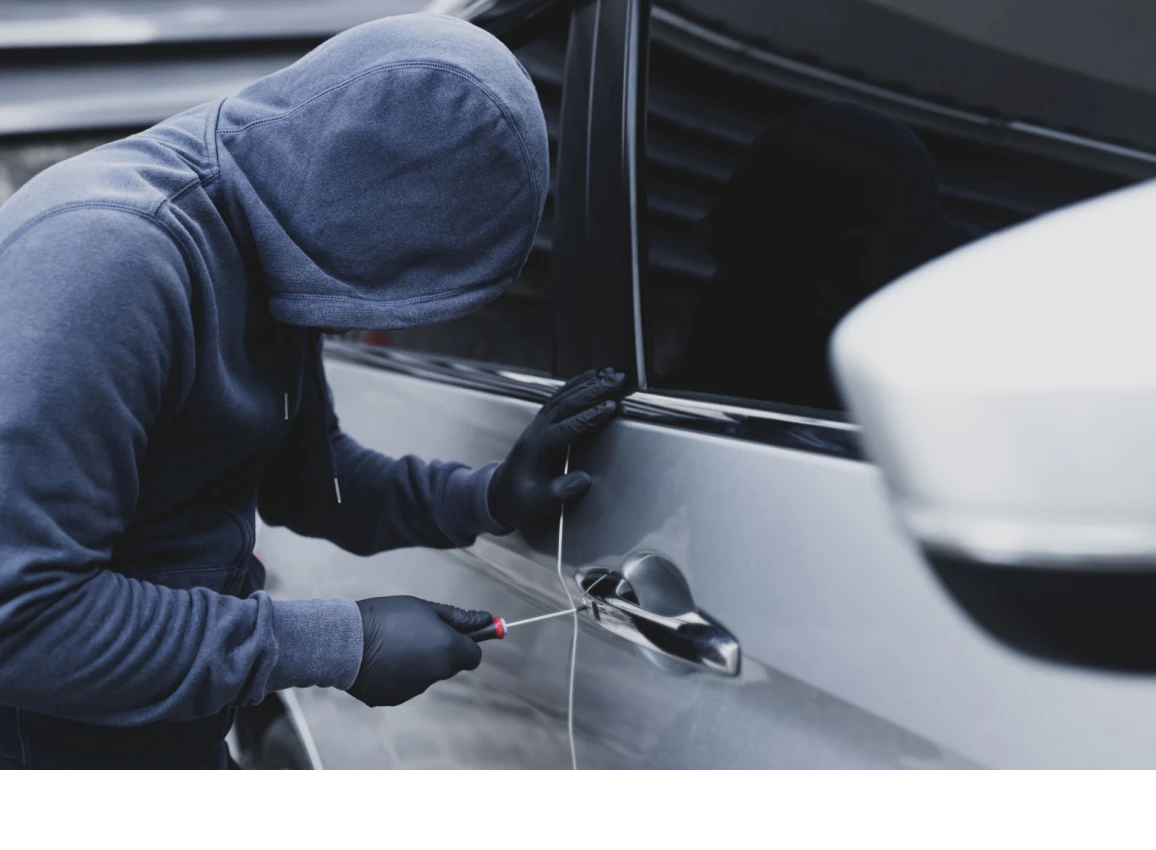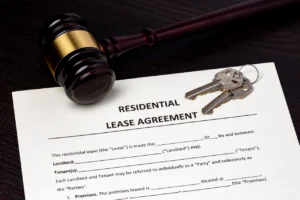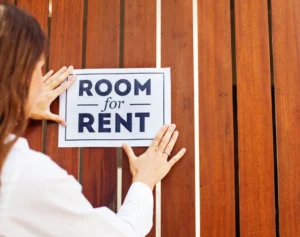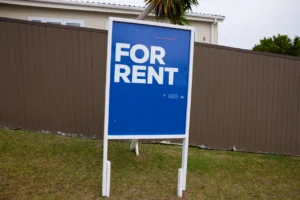
Car Break-Ins and Landlord Liability: What Property Managers Need to Know in 2025
Car break-ins are no longer isolated incidents — they are a growing concern for multifamily properties nationwide. A car is broken into every 26 seconds in the United States and more than 1 million of those involve vehicle theft. Alarmingly, an estimated 40% of those incidents take place on multifamily properties.
The Multifamily Crime Poll reached out to 62 property management professionals who revealed how often these incidents occur on their properties, the biggest concerns around parking security, and the current tools they are using to address them.
Car Break-Ins Becoming the Norm
According to the poll, 68% of respondents reported experiencing car break-ins multiple times a year, with 18% saying the incidents occur several times each month.
The implications extend beyond property damage. Repeated incidents can result in:
- Resident attrition
- Negative online reviews
- Insurance premium hikes
- Potential legal exposure
Top Concerns for Property Managers
Managers cited growing frustration with angry residents, loss of renewals, and reputational damage following break-ins. The inability to provide surveillance footage or security response was listed as a major pain point, weakening resident trust and contributing to turnover.
When residents feel unsafe in parking lots and garages, it affects not only retention but also new leasing activity and the property’s reputation.
Landlord Liability: A Legal Gray Area
Whether landlords can be held liable depends on state law and the circumstances surrounding the incident.
Generally, landlords are not automatically responsible for the criminal actions of third parties. However, liability increases if the landlord had knowledge of prior incidents and failed to take reasonable action. Contributing factors include:
- Broken or unfixed access gates
- Nonfunctional or absent security equipment
- Lack of adequate lighting or signage
“You might not be liable for the first break-in,” said Melinda McBeth, a partner in landlord representation at Offit/Kurman. “But the tenth? That’s where foreseeability comes in.”
The Role of State Negligence Laws
Liability also depends on state-specific negligence statutes:
- Pure contributory negligence (e.g., Maryland, Virginia, North Carolina, Washington, D.C.): If a tenant is even 1% at fault, they cannot recover damages.
- Comparative fault states: Damages are assigned proportionally based on shared fault.
- Modified comparative fault: Recovery is barred if the tenant is 50% or more at fault.
These laws shape the legal landscape for any claim involving property crimes or personal injury stemming from vehicle-related incidents on-site.
What Security Systems Are in Place Right Now?
Given the severity of the issue, participants were asked what kind of security coverage currently exists in their parking areas. The responses revealed a major gap: 33% of respondents reported having only one measure of defense – guards or cameras.
Surprisingly, almost a quarter of respondents cited having no security measures at all in their parking, despite the fact that a full 10% of all crimes – including violent crime – occur in parking lots and garages. Additionally, best risk management practices emphasize a layered approach to security.
The Monitoring Gap in Multifamily Housing
Despite the growing focus on safety and risk management, only 13% of multifamily properties surveyed by NMHC in 2024 reported using cameras paired with remote monitoring. This aligns with findings from NAA’s 2024 resident survey, where just 13% of renters said they lived in properties with monitored video surveillance.
Yet the residents surveyed who live in monitored environments report feeling significantly safer and more inclined to recommend the property to friends.
What the Data Suggests for 2025
- Car break-ins remain widespread: More than half of properties report incidents multiple times a year.
- Liability concerns are growing: Persistent break-ins can lead to legal exposure and financial risk.
- Resident expectations are shifting
As security challenges grow and renters place more weight on safety—especially in parking areas—multifamily operators may want to re-evaluate their current security measures. Whether it’s enhancing lighting, improving camera coverage, increasing onsite patrols, or exploring real-time monitoring, the goal is the same: to foster a safer environment that protects both residents and your property’s reputation.













 Accessibility
Accessibility